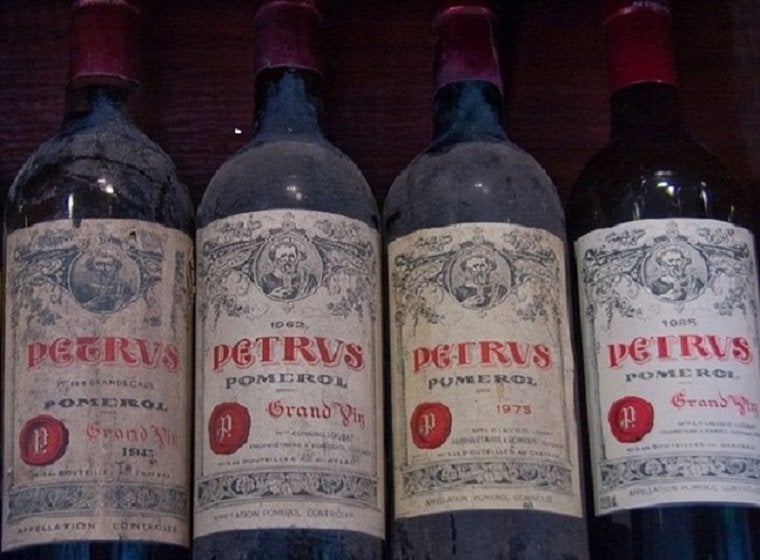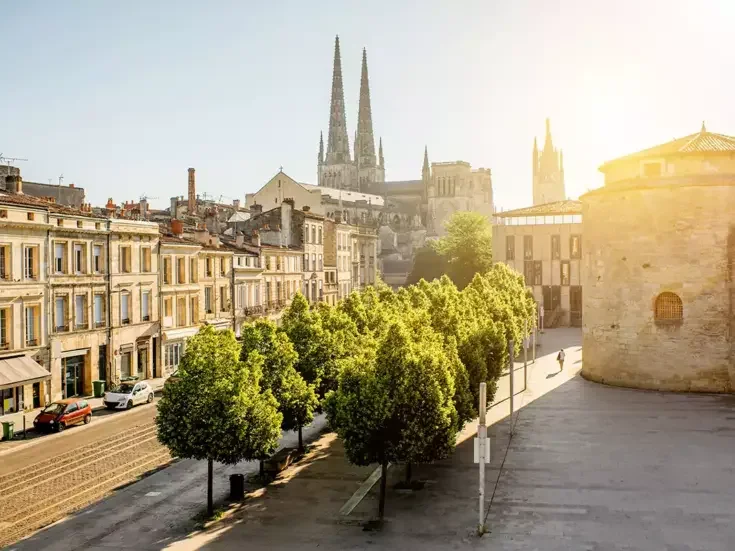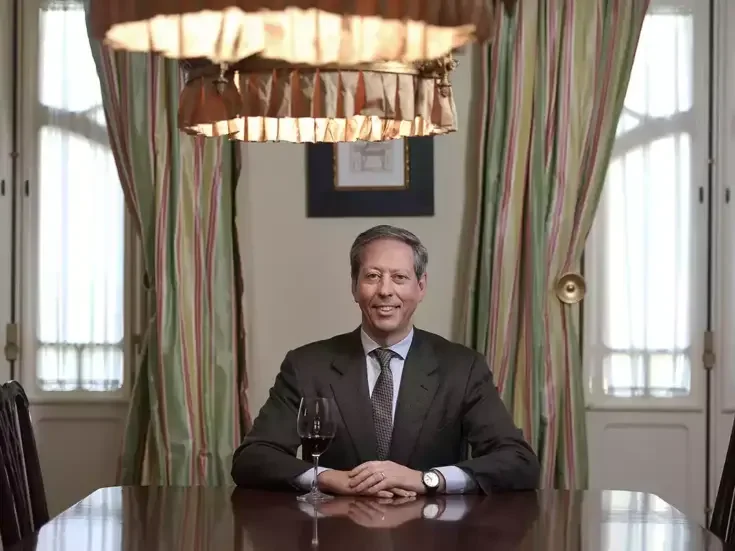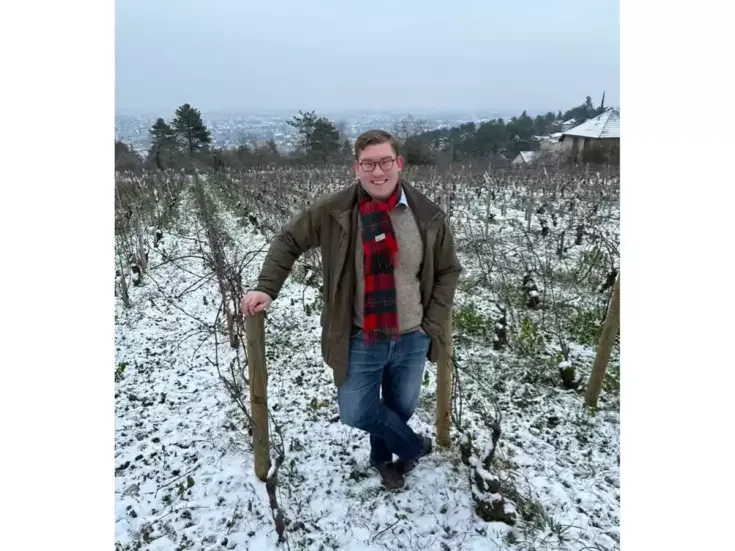
On the fourth day of the Rudy Kurniawan trial this past December, I watched Burgundy producer Laurent Ponsot give an overview of the famed region to the jury in the courtroom at the Daniel P Moynihan Federal Courthouse in Manhattan. After pointing out Morey- St-Denis, where his domaine is located, on a large map, he recalled the shock of discovering that Kurniawan was passing off counterfeit bottles of Domaine Ponsot’s expensive reds as the real thing.
It was fitting that Ponsot was the first of three famous winemakers on the witness stand that day. Fake Ponsot wines consigned by Kurniawan to auction house Acker Merrall & Condit for an April 2008 New York sale set the case in motion.
The testimonies of Ponsot, Aubert de Villaine of Domaine de la Romanée- Conti, and Christophe Roumier of Domaine G Roumier were among the highlights of the landmark United States of America v Kurniawan trial, the first time the US government had prosecuted a criminal case against a wine counterfeiter. Other prominent figures at the trial included anti-winefraud crusader and billionaire William Koch and agent James Wynne, the FBI’s specialist on art and collectible fraud, who was in charge of the investigation.
The evidence on a table in the courtroom (right) included fraudulent bottles and corks and clear plastic bags with thousands of newly produced fake labels, many of Romanée-Conti, that the FBI found in Kurniawan’s home when they raided it in March 2012. Among the bottles were vintages of 1959, 1962, and 1971 Ponsot Clos St- Denis. But as the winemaker testified, his domaine couldn’t have made the wines because they didn’t have access to the vineyard until the 1980s.
The evidence presented against Kurniawan-whose real name is Zhen Wang Huang-was overwhelming. Jerome Mooney, the defense attorney, had little to offer beyond suggesting his client was a victim and a scapegoat and perhaps he’d planned to paper the walls in his home with those thousands of labels, eliciting chuckles in the courtroom.
So it was no surprise that on December 18, after seven and a half days of testimony and only a couple of hours of deliberation, the jury found Kurniawan guilty of mail fraud and wire fraud in connection with fake wines. He faces up to 40 years in prison, plus fines. Mooney said he would appeal. Sentencing is scheduled for April 24.
Vindication and vilification
The immediate effect, of course, was vindication-for Wynne, assistant US attorney Jason Hernandez, Koch, who has long been crusading against counterfeit wines, as well as for many others, including collectors Don Cornwell and Doug Barzelay, who alerted Ponsot to the smoking-gun wines in the 2008 Acker auction.
“This is the end of my crusade,” Ponsot told me outside the courtroom after his testimony. “It’s a way to say ‘watch out’ to fakers. It’s not to save my wines, but to warn people.” Since Kurniawan’s conviction, I’ve been pondering just what this highprofile case means for the wine world. First of all, it’s made the issue of counterfeit wines very, very public.
Even CBS Television carried the story. It should give pause to every part of the high-end wine world, from collectors to auction houses to retailers. In the world of fine wine, authenticity is everything. Will collectors heed the warning and become less gullible and trusting? Will demand for rare old wines decrease? I doubt it.
When I first heard Kurniawan’s out-of-nowhere-to-major-collector-ina- couple-of-years story back in 2005, I was suspicious. But this improbable background didn’t seem to worry the coterie of wealthy wine aficionados- including Hollywood directors and several successful businessmen-who socialized with Kurniawan.
An Indonesian whose parents are Chinese, he emerged on the Los Angeles wine scene in 2001, when he was 25 years old, and soon began amassing a vast collection of expensive wines, especially rare Burgundies. His nickname, Dr Conti, reflected his love of Domaine de la Romanée-Conti wines. After only a few years of tasting experience, he’d developed a reputation for having an astounding palate, was said to be spending $1 million a month on old wines, and was beginning to move markets.
Where did Kurniawan’s initial bankroll come from? That big question remained unanswered at the trial. Though he’d told various tales about his family’s fortune, no one knows the truth. Later, he began borrowing significant sums, often from collector friends. Eventually he began acting as a dealer, funneling old wines he claimed to have unearthed in mysterious European cellars to friends like California restaurateur David Doyle, who paid him more than $3 million for wines, some of which turned out to be fake. In 2006, Kurniawan gained even more notoriety when he managed to sell $35 million worth of wine at two record-breaking Acker Merrall & Condit auctions in New York.
Maybe the elite collectors who drank the Bordeaux and Burgundies he brought to lavish restaurant dinners (for which he usually picked up the tab) were star-struck by the mystique of hyper-rare wines that are not easy to get your hands on regardless of your resources. Some of the wines that Kurniawan bought and offered were apparently legitimate, and perhaps his generosity forestalled questions about the provenance of others. Wearing Hermès silk shirts, a Patek Philippe watch, and driving a Ferrari, Kurniawan exuded the über-confident image that fits in with a high-testosterone wine culture of excess.
In other words, a surprising number of otherwise smart people allowed themselves to be duped. As wine consultant Maureen Downey, owner of Chai Consulting, once pointed out to me, the circle around Dr Conti, which included Acker Merrall & Condit CEO John Kapon, essentially lent Kurniawan legitimacy by publishing their tasting notes of his wines, praising him in newsletters and auction catalogs, and later defending him on wine websites.
Those who had early doubts-such as Los Angeles attorney Don Cornwell, who met him in 2002 and later avoided him-say they were reluctant to voice accusations publicly because they were afraid of defamation lawsuits. As more and more suspect bottles could be traced to Kurniawan, though, other collectors lost faith.
Successful people with big egos rarely want to admit they’ve been fooled. Wine advisor Charles Curtis MW, former head of Christie’s Asia, told me that in his experience many people who own fakes just don’t want to know it. Those who bought from Kurniawan now have to face the reality that some of their most prized wines are actually worth nothing. What may prevent them from dumping the wines in the market in the near term is the fear of a continuing investigation. The moral of the Kurniawan trial is the age-old adage that if something sounds too good to be true, it probably is.
Buyer beware
Vigilant wine lovers contributed significantly to Kurniawan’s downfall. Collector Doug Barzelay alerted Ponsot to questionable bottles being offered in Acker’s April 2008 New York auction at Cru restaurant, prompting Ponsot to insist that Kapon withdraw the wines. Seated at a nearby table, I suddenly noticed that Ponsot, his curly hair pulled back in a ponytail, was watching from a plush banquette.
Don Cornwell and a few others scrutinized catalogs for labels that didn’t look right, lobbied auction houses to withdraw wines when they were convinced suspect bottles came from Kurniawan, and even went to the FBI. Cornwell reported his findings on what is now a 183-page thread on wineberserkers.com.
Despite the conviction, wine connoisseurs continue to splurge on dubious old wines. Some may be more cautious; provenance appears more important than ever at auction, and bottles direct from château cellars command ever-higher prices. But auction houses still loudly trumpet their record-breaking numbers for the very types of wines Kurniawan faked. The lust to possess something that very few can have motivates wealthy new collectors, especially in China. At one Hong Kong auction, a Chinese wine lover confided to me that he craved a bottle of 1945 Romanée-Conti, no matter where it came from.
The other big question unanswered by the trial is whether Kurniawan worked alone or whether he had financial partners or co-conspirators with deep insider connections. Given the wine-counterfeiting factory in his home, he was clearly the one creating labels and bottles. But it’s hard to believe he didn’t have some help. Will there be further indictments based on what the FBI uncovered during the long investigation? I’m guessing yes.
Fraudulent wine is hardly something new, but the Kurniawan conviction confirms, yet again, that auction houses need to take the problem even more seriously. While Sotheby’s Serena Sutcliffe MW declared publicly almost a decade ago that the wine world was awash with fakes, others in the industry were long reluctant to discuss the issue at all. Several auction houses, including Christie’s, Acker Merrall & Condit, Zachys, and Spectrum, sold wines consigned by Kurniawan or one of his representatives.

Laurent Ponsot, a key figure in the prosecution of Rudy Kurniawan, speaks to the media after his testimony at the Daniel P Moynihan Federal Courthouse in New York Photography Stan Honda / AFP / Getty Images
Right now, just because one house rejects a particular wine as suspect, it doesn’t mean another won’t sell it. Retailers and private sellers may account for an even larger number of counterfeit wines. Maureen Downey, who was also in the courtroom, told me that most of the fakes she’s seen since starting her company in 2006 have come from retailers and brokers. And then there are private transactions. Kurniawan had sourced more than $3 million worth of wine for restaurateur David Doyle, according to court testimony. Among them were wines Ponsot said the domaine had never made.
In fact, no one really knows how big the problem is. One of the several high-profile European trials and investigations last year exposed an Italian father and son, who were allegedly producing fake bottles of Romanée-Conti. Europol tracked a network that included links to Russia, Hong Kong, Belize, and Switzerland. The Dijon prosecutor’s office counted at least 400 bottles that had brought in about ¤2 million.
Because prices for rare old wines have skyrocketed, the payoff for selling fakes is huge. And given the Internet and desktop-publishing software, it’s easier than ever to research labels and create fake ones. That’s why I believe that Kurniawan’s conviction will have only a limited impact on stopping the counterfeiters. Those in the USA may just send most of their efforts to China.
A five-part series by counterfeitspecialist lawyer Nick Bartman, published last fall on JancisRobinson. com, charts how quickly many in China have moved on from wildly obvious fake labels, with the name of a Bordeaux château misspelled, to very sophisticated copies, even down to authentic-looking glass bottles.
High-tech protection
Even before Kurniawan was convicted, Bordeaux first-growth châteaux, top Burgundy producers, and a few California cult wine producers, such as Harlan and Colgin, had begun trying to protect the authenticity of their wines. I hope the trial inspires many more to follow suit.
A half-dozen security companies now offer dozens of high-tech anti-counterfeiting solutions, which include holograms and electronic chips embedded in labels and the bottle, as well as tamper-proof seals on capsules. Last spring, Jacques Thienpont showed off his new system, which works on the basis of near-field communication. A Selinko app in a smartphone “reads” a tag behind the label to access unique information about the wine inside.
The most counterfeited older wines, however, have no such protection, though high-tech methods can help identify whether they are authentic or not. A few weeks before the trial, I watched wine appraiser William Edgerton shine an ultra-violet flashlight (they cost a mere $10) on a 1945 Mouton Rothschild label to show that the paper contained optical brightening agents that weren’t used in paper until nearly a decade later.
Private wine advisers such as Downey and Curtis may be the biggest beneficiaries of this well-publicized trial if worried wealthy collectors now decide that it is worth hiring an expert to vet bottles.
Mark Solomon, who heads up wine auctions for North Carolina-based Leland Little, launched Truebottle.com, a website with auction prices and a database of high-resolution label and bottle images, two years ago, for collectors to consult if they suspected a bottle wasn’t authentic. “No one was looking at the images until stories of Kurniawan came out,” he says. Some people have suggested that he’s actually helping the counterfeiters by providing models, but Little doesn’t see it that way.
Perhaps the best way to stop counterfeits would be an industryfunded nonprofit organization that investigates, maintains image databases and lists of fake wines, and provides third-party authentification.
Unfortunately, it seems way too early to refer to Kurniawan’s case as “the wine crime of the century,” as many have. I have a feeling that there will be more to come.







